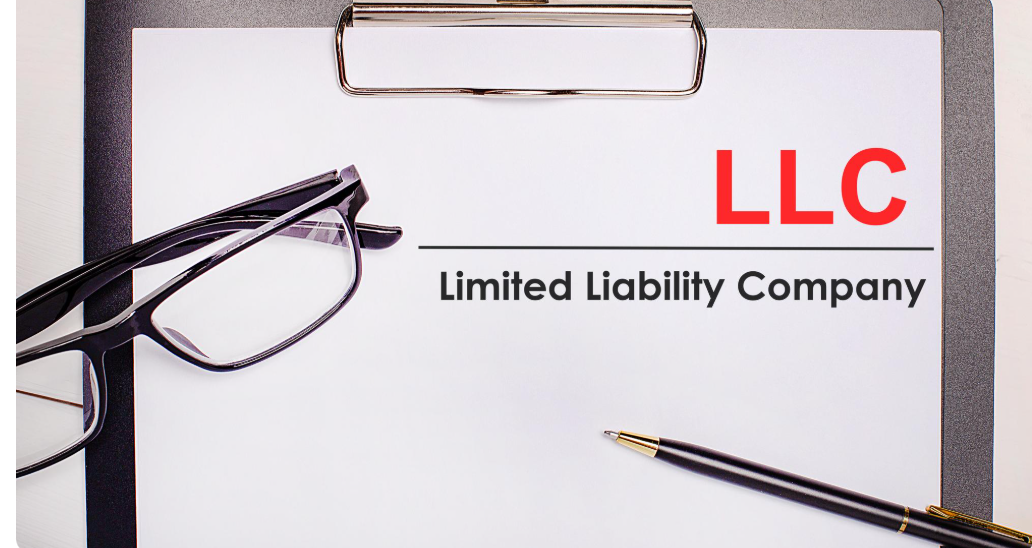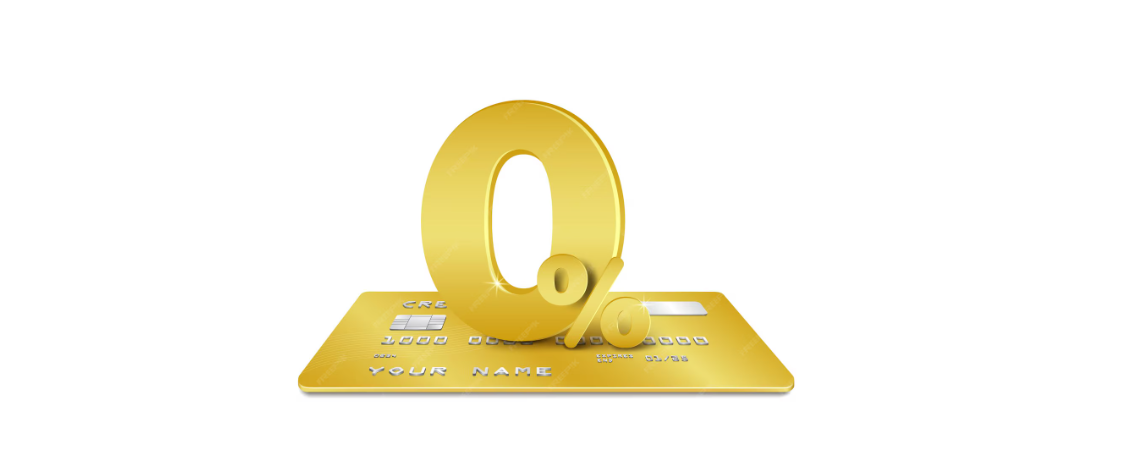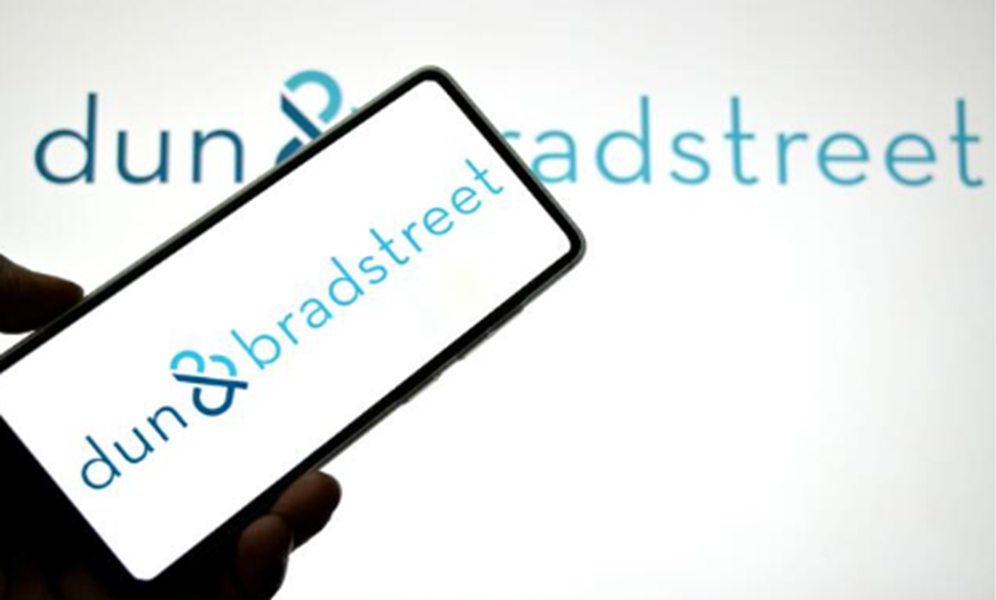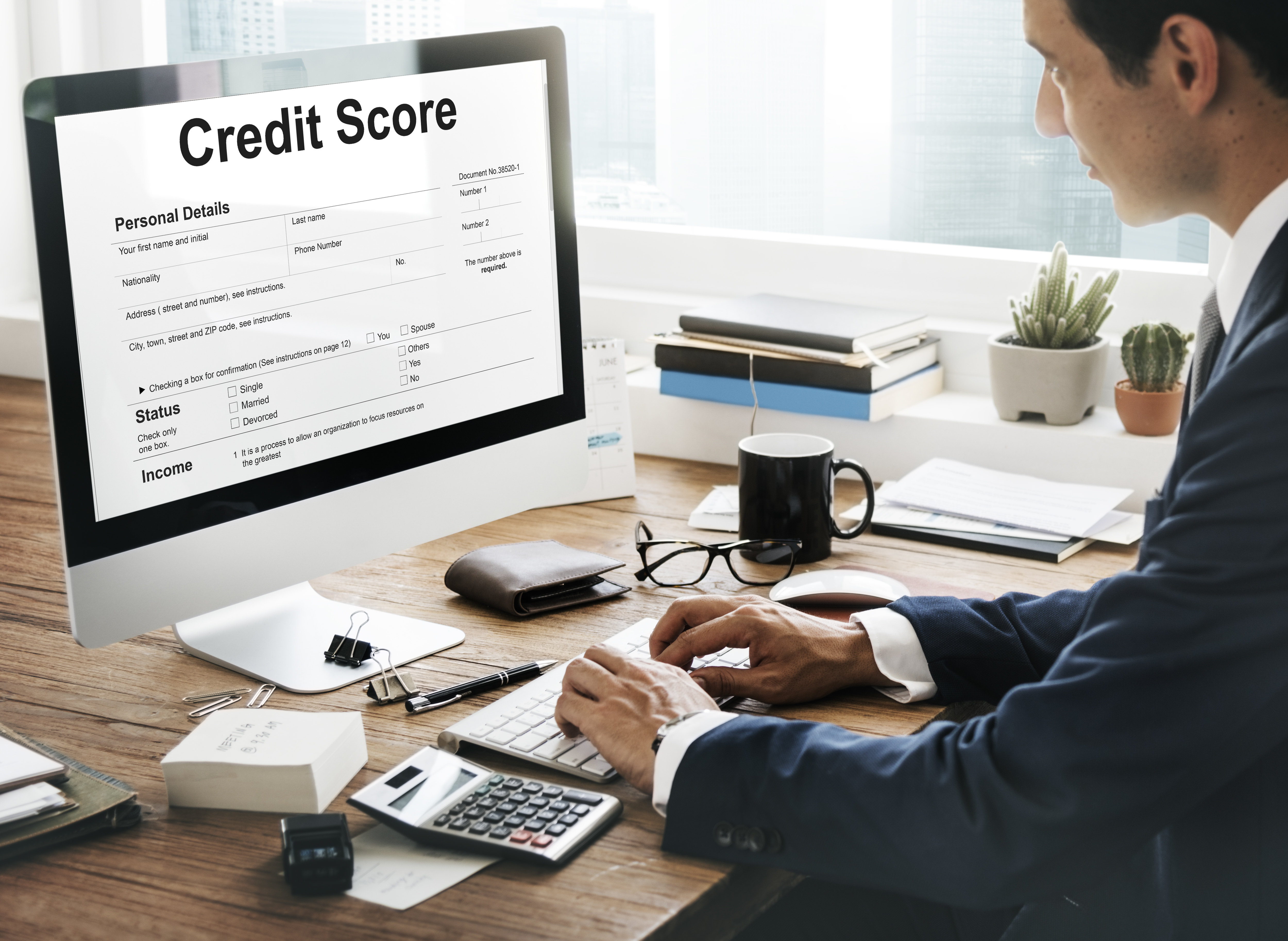A strong personal credit score can be a powerful tool for entrepreneurs seeking to launch or expand a business. In many cases, it can serve as a stepping stone to obtain initial funding while building a separate business credit profile. This guide outlines the process of leveraging personal credit to obtain business funding, establishing a proper business structure, and transitioning to business credit for long-term financial independence.
Step 1: Establish a Professional Business Structure

Before applying for any funding, it is crucial to ensure that the business is properly established and credibly presents itself to lenders, suppliers, and other financial institutions. Key steps include:
- Form an LLC – Separates personal and business liabilities, offering legal protection for personal assets.
- Obtain a Professional Business Address – A virtual office address is acceptable; however, avoid using a home address to maintain privacy and credibility.
- Set Up a Business Phone Number – A dedicated phone line through a VoIP service such as Grasshopper or Google Voice can enhance professionalism.
- Apply for an EIN – An Employer Identification Number from the IRS serves as the business’s tax identification number.
Completing these steps creates a strong foundation for securing both personal and business funding.
Step 2: Use Personal Credit to Access Initial Funding

Individuals with strong personal credit (generally 680+) may be eligible for various funding options that can be used for business purposes, including:
- Business credit cards with a personal guarantee
- Personal loans allocated to business expenses
- 0% APR introductory credit cards for short-term financing without immediate interest charges
Leveraging personal credit at this stage can provide quick access to capital without waiting to build an extensive business credit history.
Step 3: Transition from Personal Credit to Business Credit

The objective is to reduce reliance on personal credit and develop a strong, independent business credit profile. This can be achieved through the following steps:
- Open Net-30 Vendor Accounts – Work with vendors such as Uline, Quill, or Grainger that report payment activity to business credit bureaus.
- Maintain Excellent Payment History – Paying invoices on or before the due date significantly impacts business credit ratings.
- Obtain a D-U-N-S Number – This unique identifier from Dun & Bradstreet is used to track the business’s credit file.
- Apply for Business Credit Without a Personal Guarantee – Once a solid payment history and credit profile are established, seek financing based solely on the business’s creditworthiness.
Step 4: Benefits of Transitioning to Business Credit

Making the shift from personal to business credit offers several advantages, including:
Conclusion Leveraging personal credit to obtain initial business funding can be an effective strategy for new and growing businesses. By simultaneously building a separate business credit profile and transitioning financing to business accounts, entrepreneurs can protect their personal credit, access higher funding limits, and establish a stronger financial reputation for their company.
